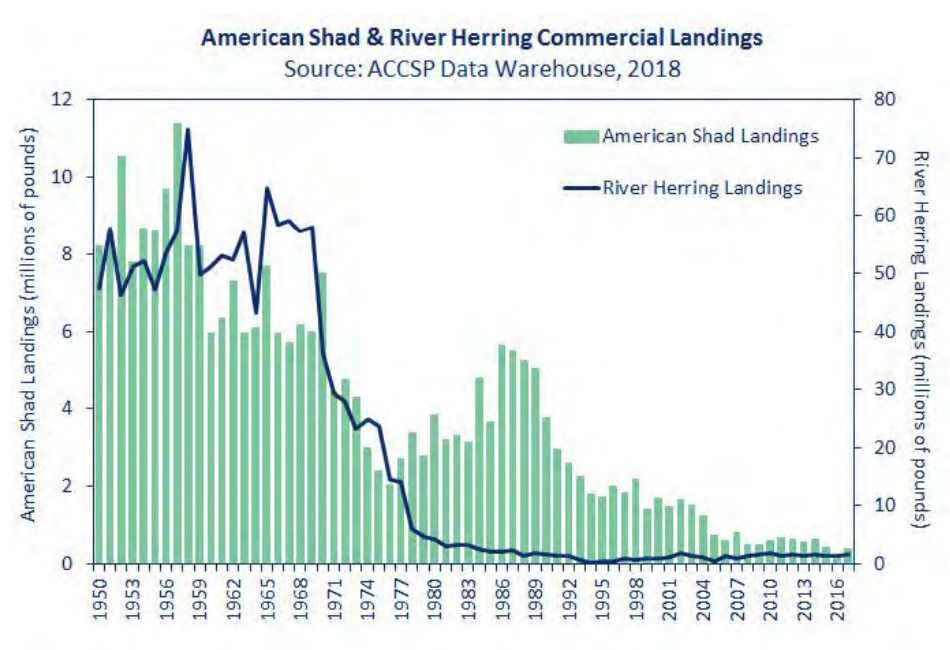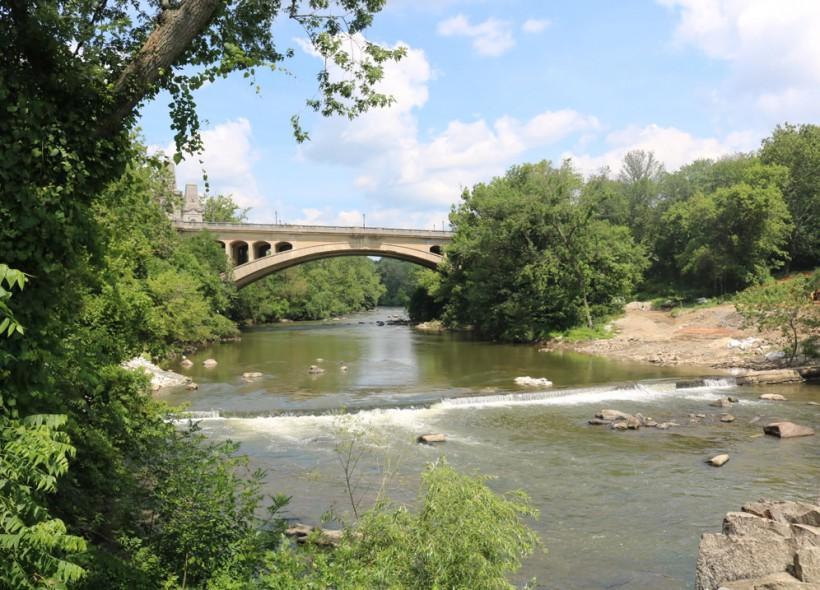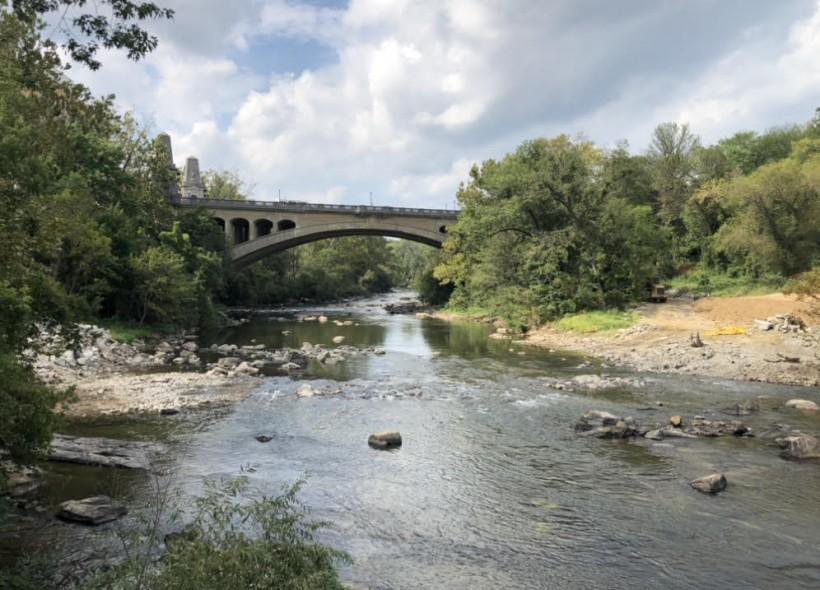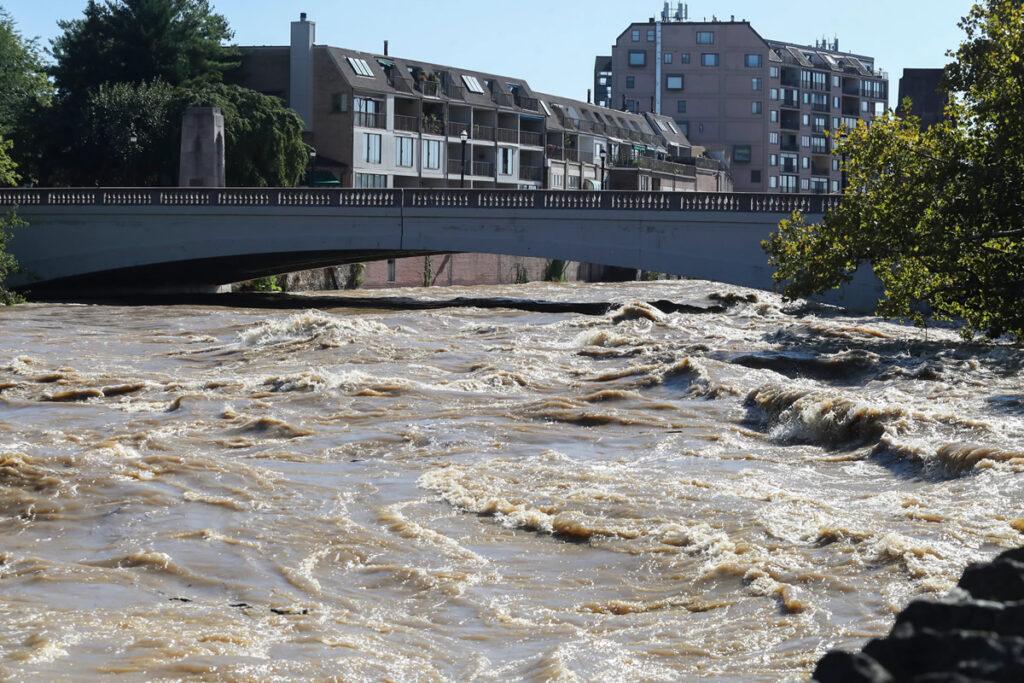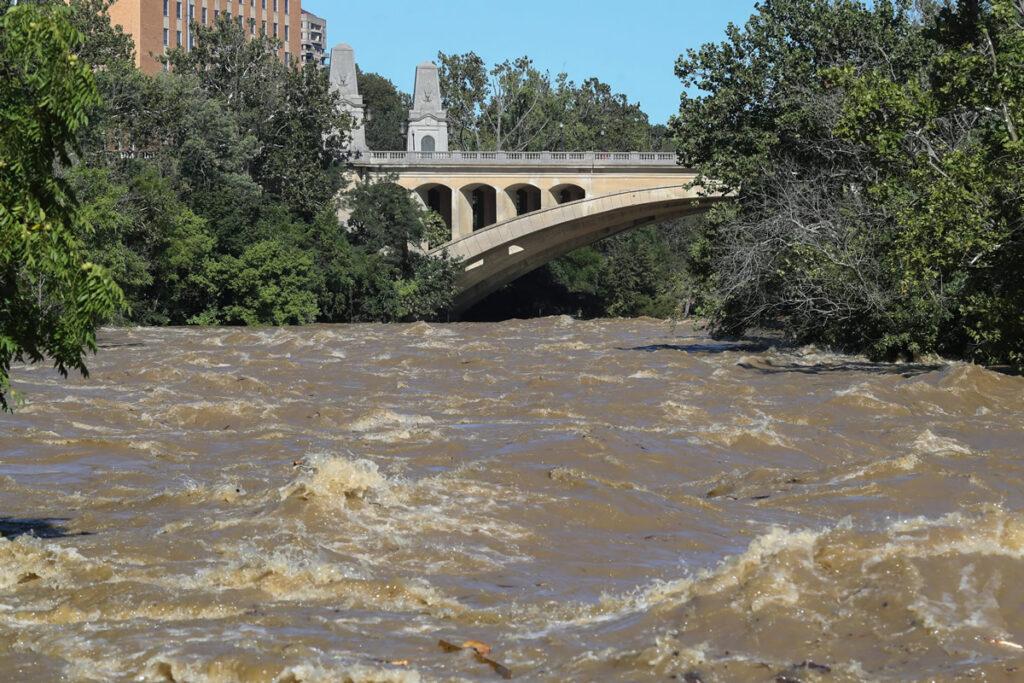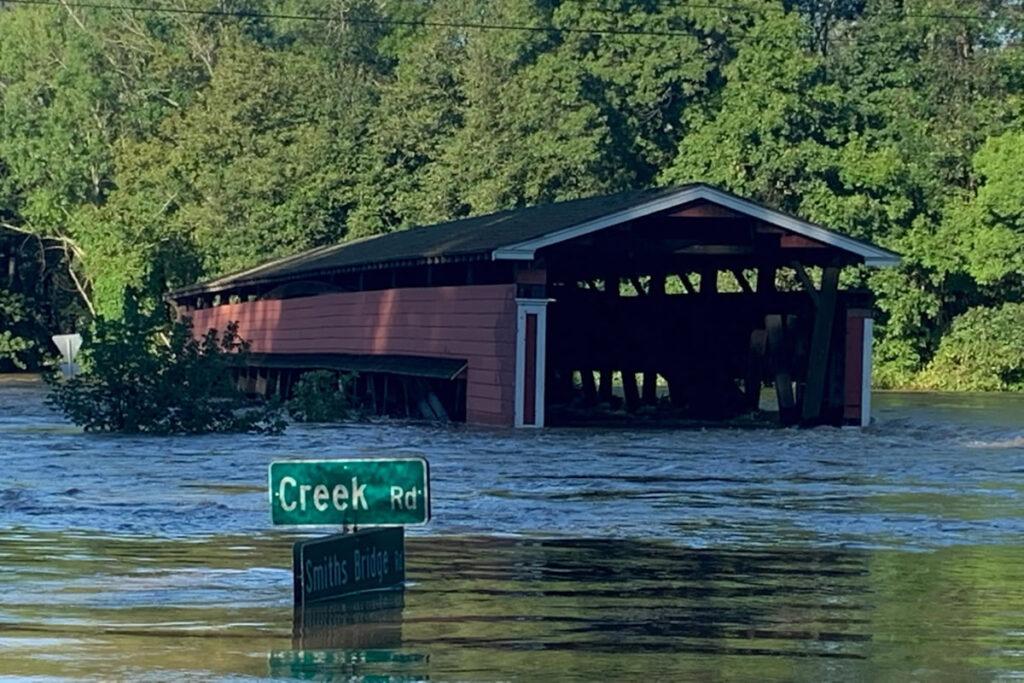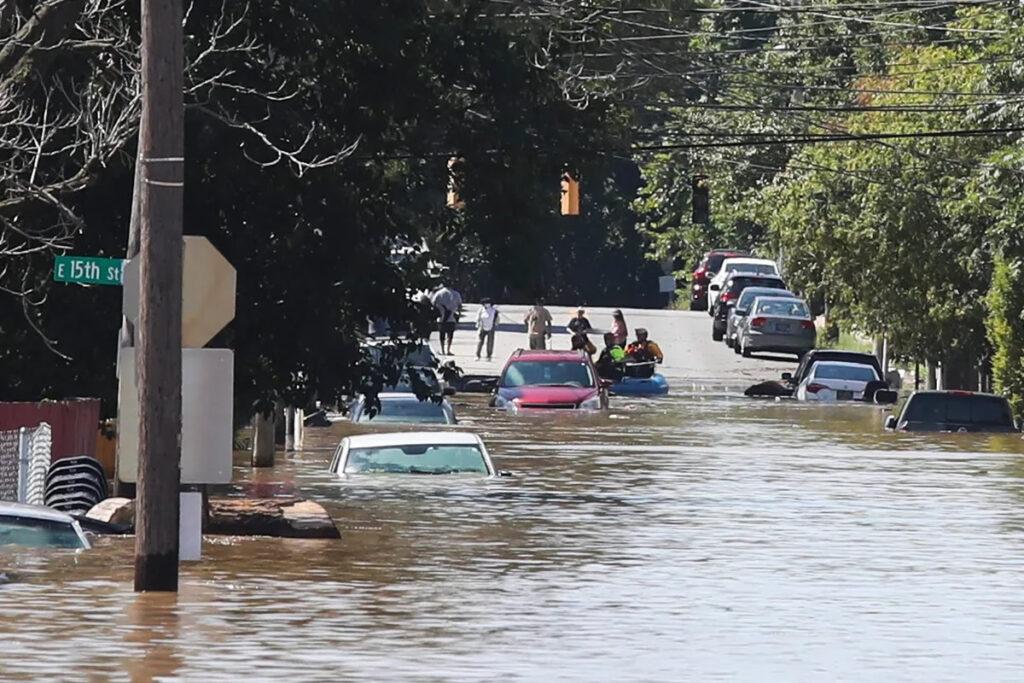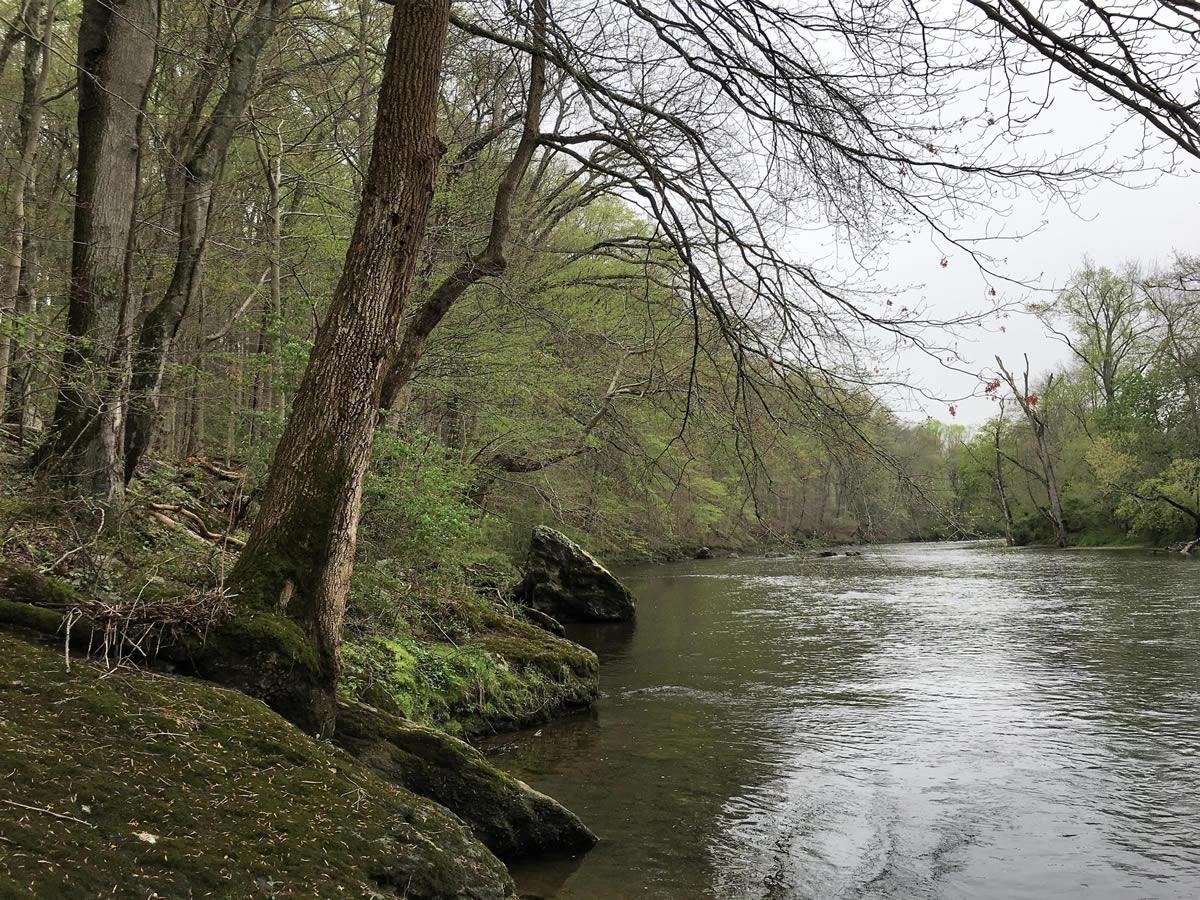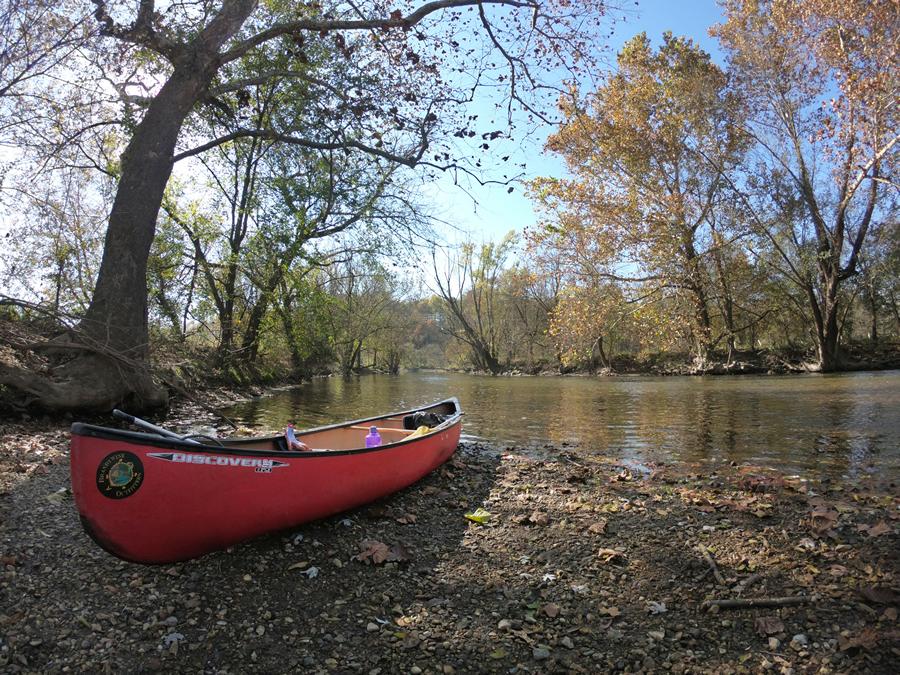
Recreational opportunities on the Brandywine would improve along with the river’s ecology
A Winning Proposition
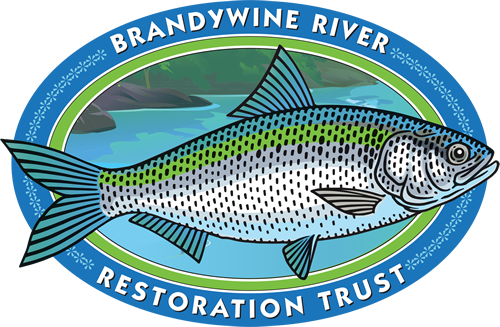
Upside Potential
“Rivers and migrations are the connective tissue of our planet — and migratory fish are bellwethers for not just rivers, but for the countless other systems they connect, from the deep sea to coastal forests. Losing these fish means losing so much more.”
– Jeffrey Parrish, Global Managing Director for Protect Oceans, Land and Water at The Nature Conservancy
Once a historic stronghold for American Shad, river herring, and other migratory fish, the Delaware River and its tributaries such as the Brandywine River currently support a tiny fraction of the former spawning runs, yet present an incredible opportunity to restore these populations by strategically reconnecting, preserving, and restoring high-quality habitat on priority tributaries throughout the basin.
West Street Dam on the Brandywine in Wilmington, Delaware, before and after removal
Self-Healing
The West Street dam in downtown Wilmington (Dam 1) was removed in 2018. Research conducted by the University of Delaware Sea Grant determined that juvenile shad spawned in great numbers in 2019.
This dramatic result proved that American Shad will move upstream as passage is created, and demonstrates the ability of nature to quickly heal itself once passage is enabled past man-made barriers.
Flood Mitigation
BRRT is just one of many organizations who are working together to reduce flooding on the Brandywine. Others include DNREC, the City of Wilmington, Brandywine Conservancy, the Coalition for Northeast Wilmington, and Northeast Rising.
BRRT’s efforts may not be the entire solution for Brandywine River flooding … but we represent an important part of it.
Recent examples of flooding along the Brandywine River in the Wilmington, Delaware area

